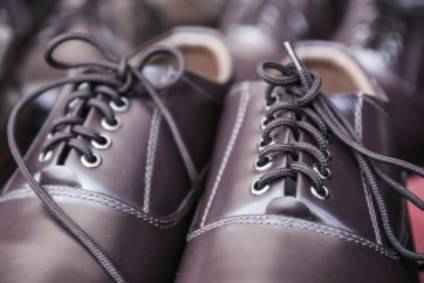
Vietnam’s footwear industry is confident of hitting its export target of US$24bn this year, the sector’s trade association has said, as the country takes advantage of a shift in sourcing as a result of the US-China trade war.
Phan Thi Thanh Xuan, vice chairwoman and general secretary of the Vietnam Leather and Footwear Association (Lefaso) says the domestic leather and footwear industry is “in good shape” to reach its 2020 goals, according to local publication Vietnam Plus. The trade body is expecting the sector’s Industrial Production Index to increase by around 11% and the localisation rate of products to hit 60%.
Exports of footwear and bags are forecast to increase by 10% to reach US$24bn this year, Lefaso predicts.
Xuan told the publication that this year, the US-China trade war, as well as trade conflicts between the US and other trade partners such as Europe and India, would likely decrease, while the global economy would gradually recover.
Besides that, orders for footwear and bags would continue shifting from China to Vietnam to take advantage of preferential tariffs from free trade agreements, she said, predicting the demand for local footwear products in Vietnam’s main export markets would increase this year.
Foreign direct investment (FDI) enterprises will also continue to expand production, helping the footwear industry maintain export growth, Xuan says.

US Tariffs are shifting - will you react or anticipate?
Don’t let policy changes catch you off guard. Stay proactive with real-time data and expert analysis.
By GlobalDataIn order to continue growing exports, Lefaso says the industry must target value-added products and high-end brands, invest in technology, improve production capacity, develop export markets and improve competitiveness.
“The industry must develop its support industries and raw materials, and increase labour productivity,” Lefaso says. “It should also encourage investment to develop footwear production in central and southern provinces.”
However, the biggest difficulty facing the leather and footwear industry is quality human resources, Lefaso says.
In terms of exports, the industry last year gained stable growth and maintained competitiveness in traditional markets. The top five markets accounted for over 82% of total national footwear export value, including the US, the European Union, China, Japan and the Republic of Korea.
The total export value of footwear and bags reached $22bn last year, including $15.1bn, or 75.8%, from FDI enterprises, according to Vietnam Plus.
The gap in export value between FDI and domestic enterprises has narrowed. Domestic enterprises accounted for 19.7% of the nation’s footwear and bag export value in 2017, and that figure surged to 24.2% in 2019. This confirmed the recovery of domestic footwear enterprises.



